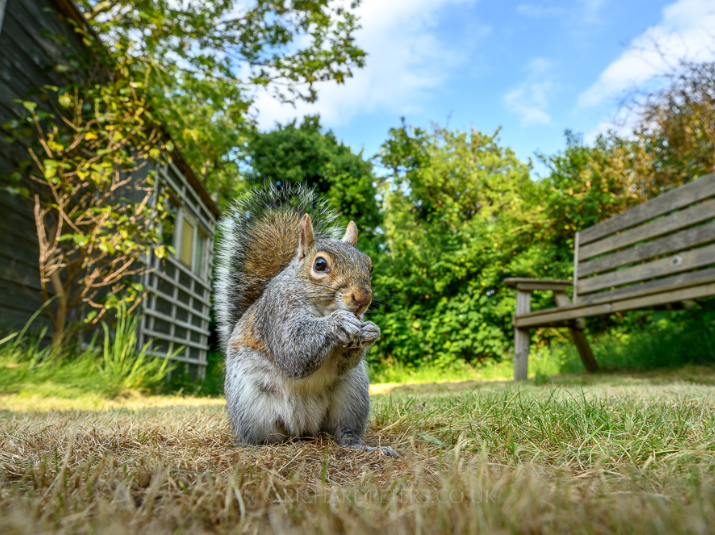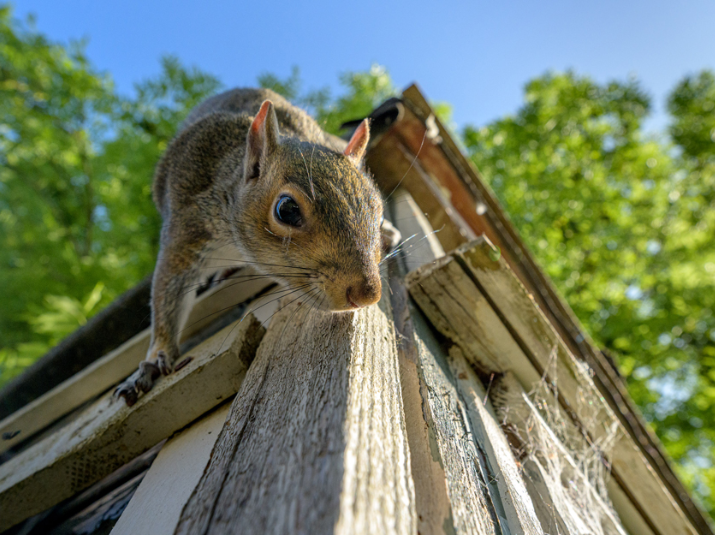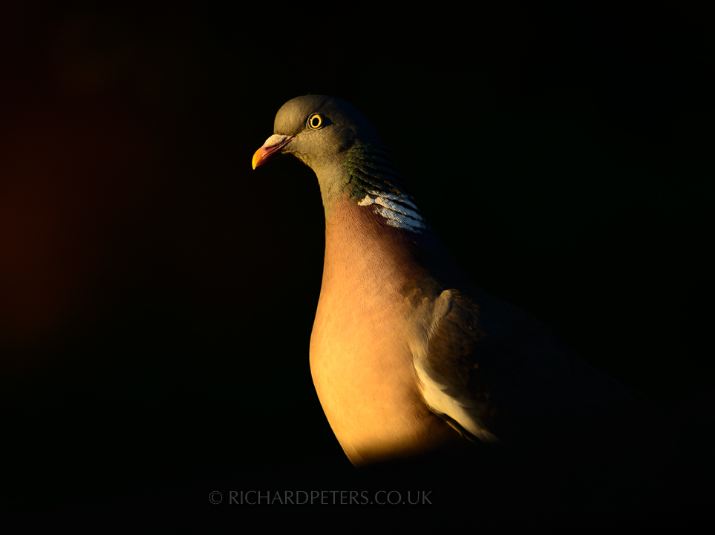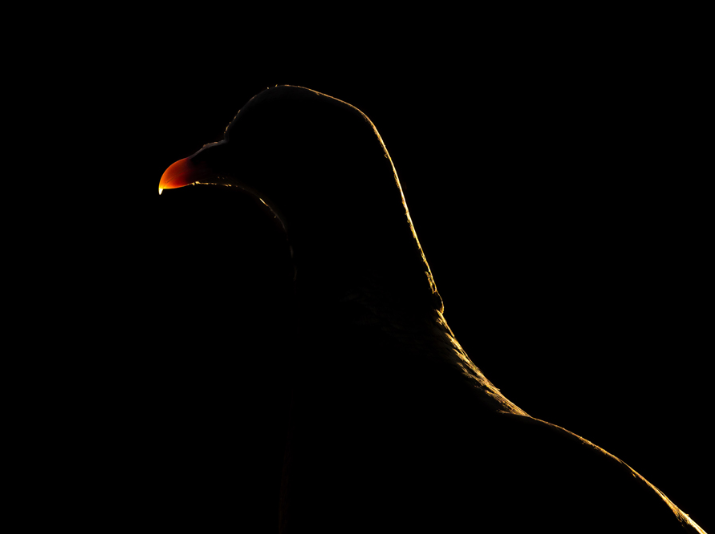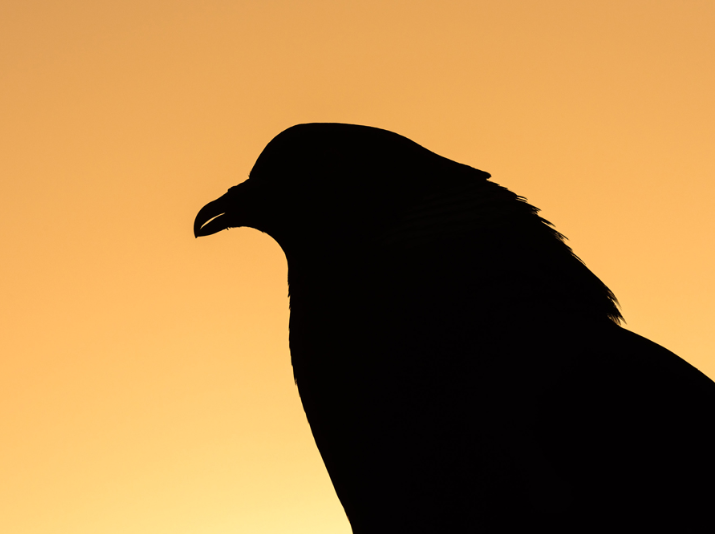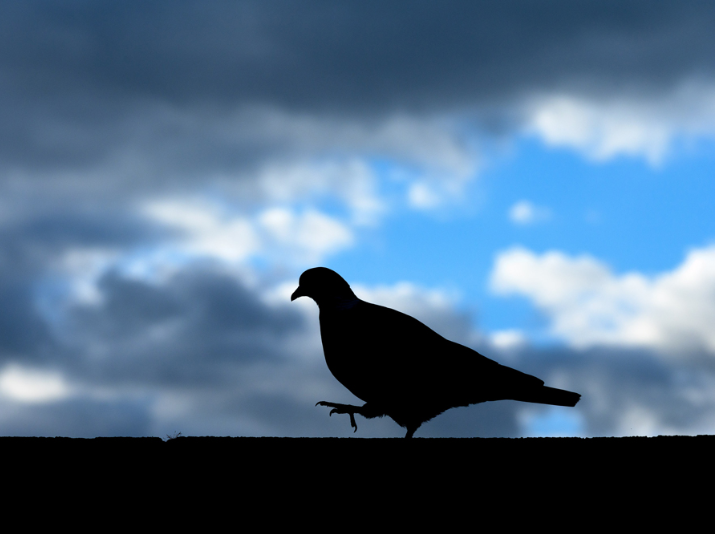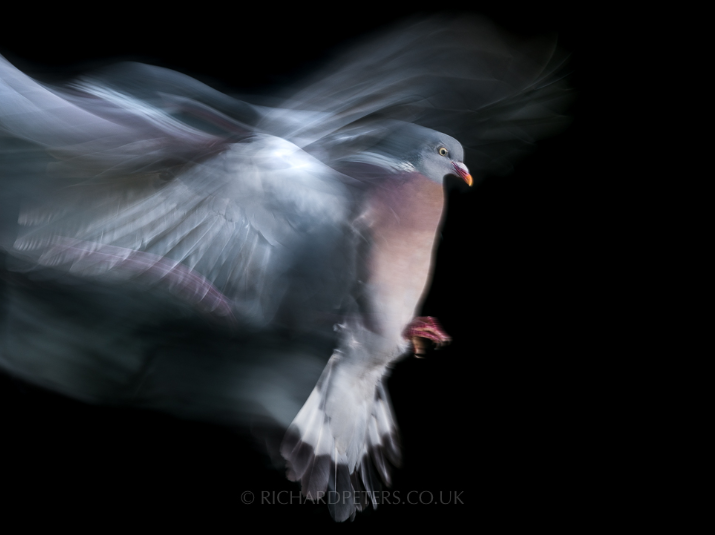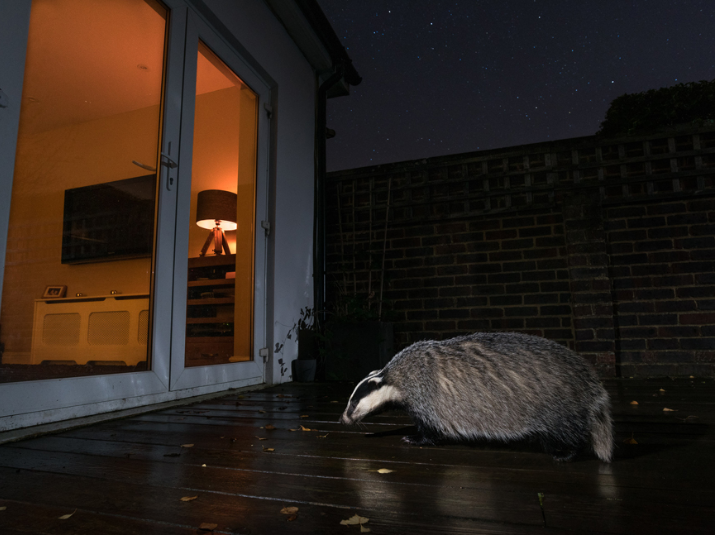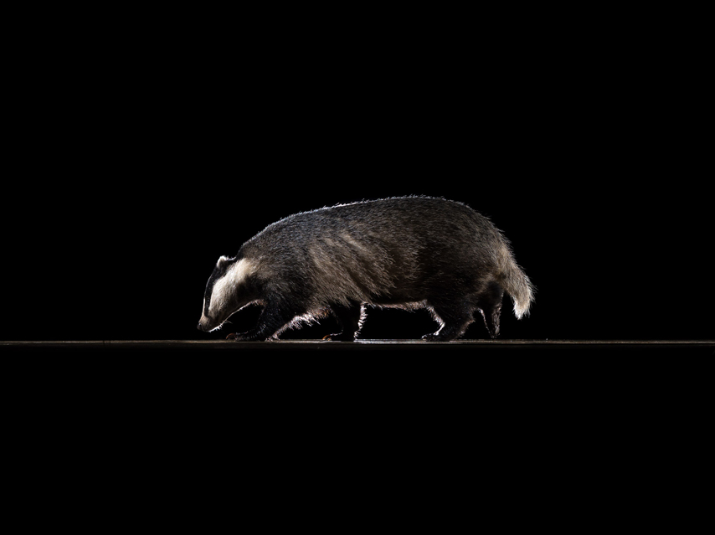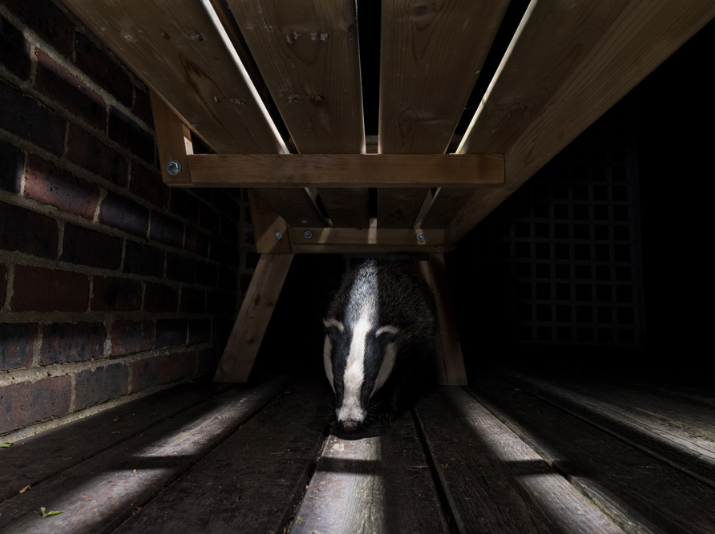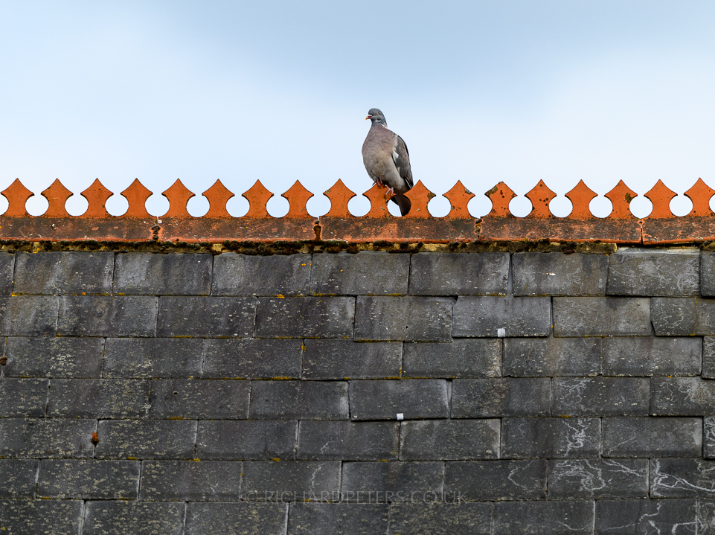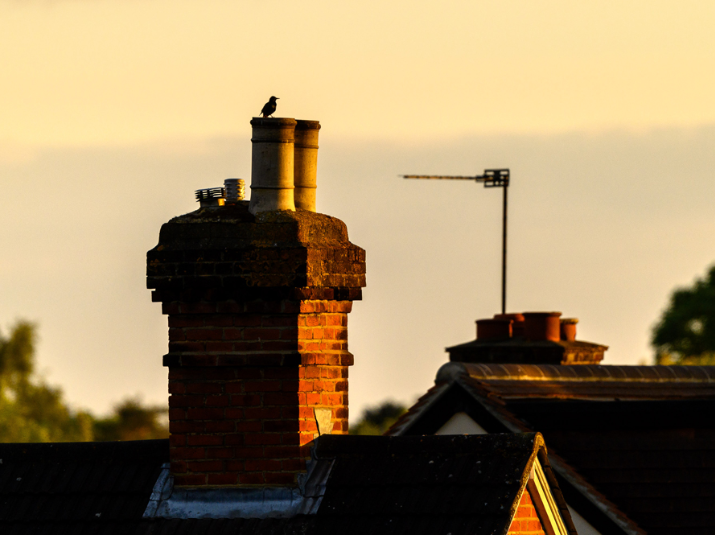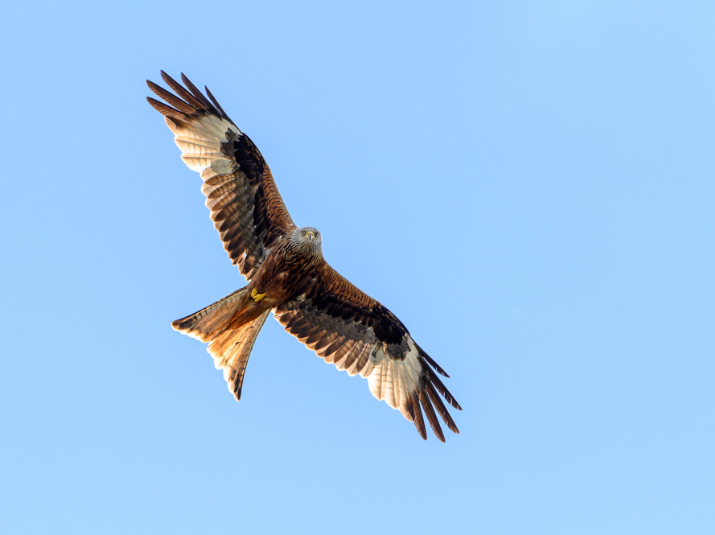We’re all spending a lot more time at home at the moment but that doesn’t mean we can’t enjoy nature and wildlife. Connecting with nature helps promote a healthy and calming frame of mind. The best bit is, almost everyone, regardless of where they live, has nature and some form of wildlife right on their doorstep. As Spring brings new life to the world, for this #Createyourlight challenge we’ll be looking to the natural world – exploring more lateral and creative ways of shooting nature and wildlife from home, and making the most of the equipment at hand.
Gardens are a thriving mini nature reserve for birds, mammals and insects and even if you don’t have access to a garden, any outdoor space at your disposal could yield results. I’ve known whole projects to made from photographing peregrine falcons on an apartment balcony and of course any plant life or flowers can be an environment for bees and insects. Even house spiders can be a target to consider. So if you think your immediate vicinity is devoid of wildlife, it won’t be. Look more closely and make sure you have bird feeders, fresh water or a few plants available to encourage them in and let them share your space.
We’re at the mercy of the species that visit our garden, and with that in mind, remember it’s not the subject but instead the way we photograph that subject, which makes a good photo.
Tip 1 - Think Wide


